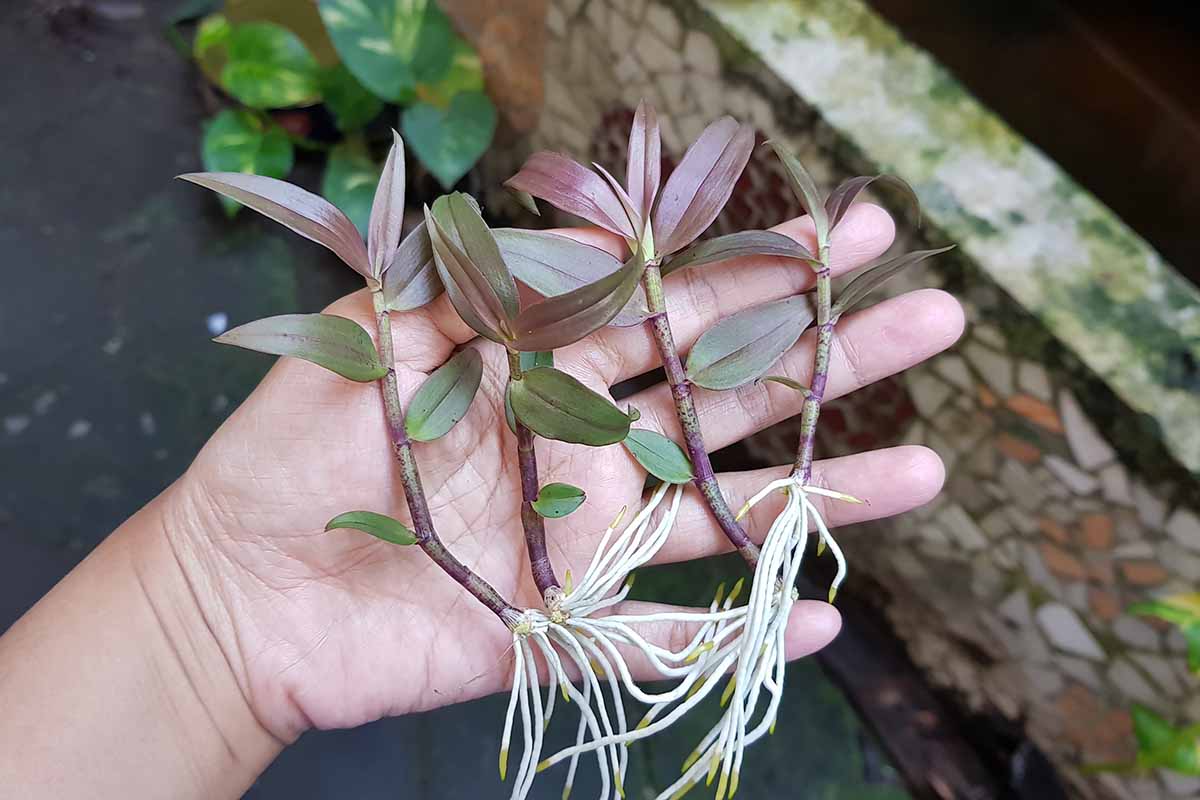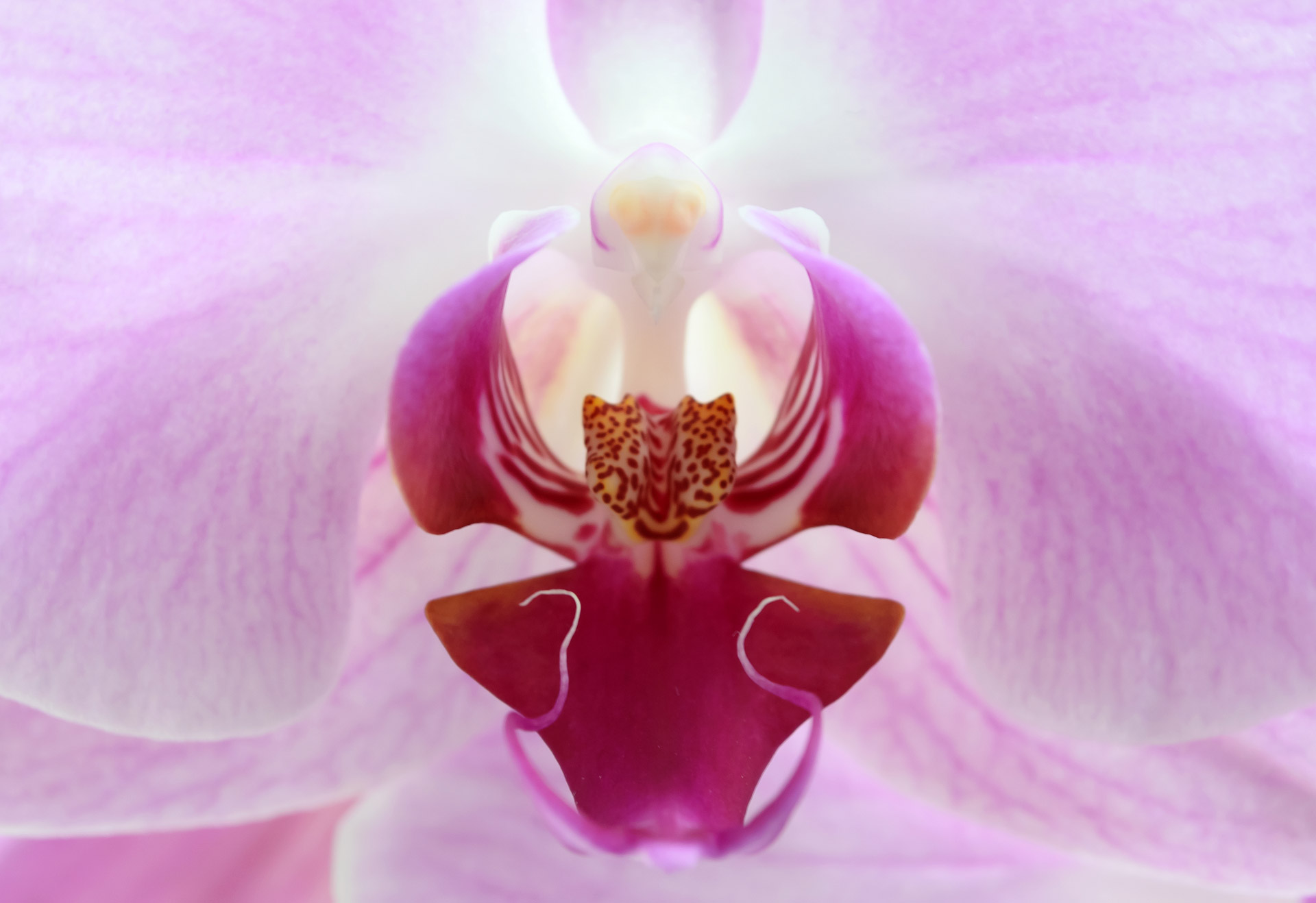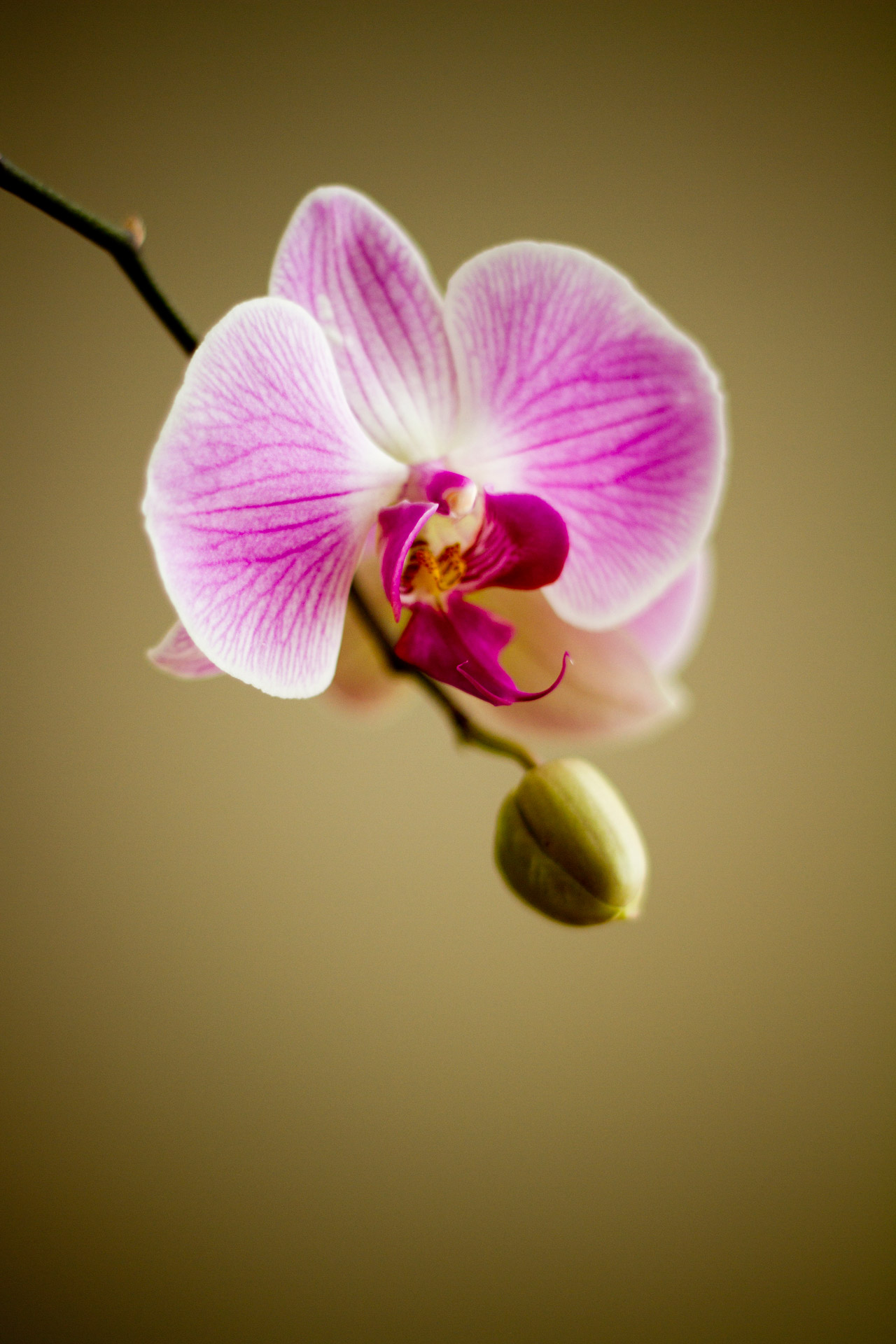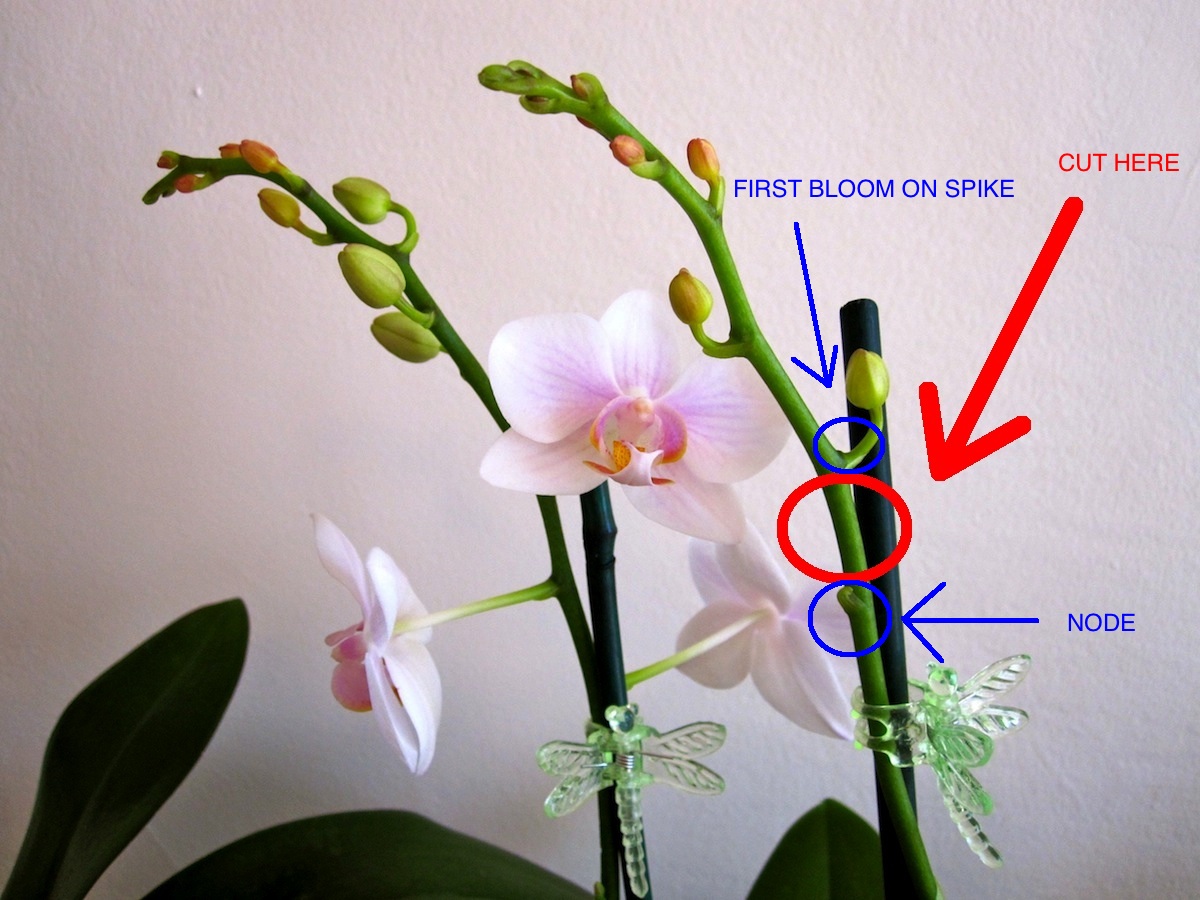Wonderful Tips About How To Start An Orchid

Choose the right kind of soil for your orchids.
How to start an orchid. Symbiotic germination there are two ways to germinate an orchid seed. When a desirable orchid is seen on the show table at a monthly meeting, ask the owner if he or she plans to divide it soon, and make deals. Light because they are native to tropical areas, they thrive in moderate light.
Landscaping flower gardens healthy lawns landscape design rose gardens trees & shrubs orchids, members of the family orchidaceae, are an incredibly diverse group of plants with captivating characteristics. Consider the overall health of the parent plant. Read on to learn about beginner orchid growing.
The right kind of pots and potting medium (mix/media) are as crucial as the correct watering! Products like fungicides can be used to treat any cuts before repotting, but this step is optional. Division, stem cuttings, and offshoots.
How to grow an orchid from a cutting 1. Orchid care for beginners step #1: Select a species of orchid.
However, unlike other plant seeds, orchid seeds don’t store nutrients and can’t survive and grow without an external source of nutrients. Potting your orchid 1. I’m going to cover 3 different methods:
To beginner orchid growers, this step might seem too obvious to mention. There are a few ways you can propagate an orchid at home. Some orchids start new roots just as the new growth starts.
Plant division, back bulbs, root division and keikis. Club members often divide plants to give away or sell amongst themselves. In monopodial orchids like phalaenopsis there is nothing to separate, after all.
Leaves and flower scapes form at the top of the new shoots. If you see your orchid growing roots above the soil, that's called a keiki (which means baby or child in hawaiian). Learn about the different types of orchids and the basics of how to care for these stunning plants in this comprehensive guide.
Dividing an orchid involves separating the rhizome. But you can’t choose any orchid when it comes to leaf propagation. When the plant stops producing flowers, then stop applying fertilizer.
The roots start to rot quickly if they stand in too. Orchid planters with holes are indeed good for the propagation of orchids. Vandas sympodial orchids grow horizontally, sending out new shoots from the old rhizome.




:max_bytes(150000):strip_icc()/orchid-wont-bloom-1315978-10-e88149a477d44eff93d325299cb1e1c3.jpg)













